Introduction: The Beginning of a Legacy
Mercedes-Benz is synonymous with luxury, innovation, and performance in the automotive industry. For over a century, the brand has been at the forefront of technological advancements, setting the standard for safety, design, and engineering excellence. But how did a company founded on a singular vision of creating the world’s best automobile grow to become one of the most iconic automotive brands in the world?
The journey of Mercedes-Benz is a story of ambition, breakthrough innovations, global impact, and continuous evolution in response to the ever-changing demands of the automotive industry. This article will take you through the rich history of Mercedes-Benz, from its humble beginnings to its current standing as a global leader in the luxury and performance vehicle market.
I. The Early Years: From Karl Benz to Mercedes (1886–1920)
1. The Birth of the Automobile: Karl Benz’s Ingenious Invention
The story of Mercedes-Benz begins with a singular genius—Karl Benz. In 1886, Karl Benz patented the Benz Patent-Motorwagen, considered the world’s first automobile. Powered by a single-cylinder four-stroke engine, this pioneering vehicle laid the groundwork for the future of personal transportation.
While Benz’s invention is often credited with being the first true automobile, it wasn’t immediately recognized as revolutionary. In fact, Benz faced skepticism from the public and difficulty securing widespread support. However, as his invention evolved, so too did his vision for a future in which personal transportation was not just a luxury for the elite but accessible to the masses.
2. Bertha Benz’s Historic Journey
A key moment in the early history of the brand occurred when Karl Benz’s wife, Bertha Benz, embarked on a historic 106-kilometer journey in 1888 from Mannheim to Pforzheim. This trip, undertaken without her husband’s knowledge, is often considered the first long-distance automobile drive in history. It was instrumental in proving the reliability of the Benz Patent-Motorwagen and played a significant role in creating a public awareness of the potential of the automobile.
3. The Formation of Daimler-Motoren-Gesellschaft (DMG)
Around the same time that Karl Benz was developing his automobile, another pioneering engineer, Gottlieb Daimler, was also experimenting with internal combustion engines. In 1890, Daimler, along with his business partner Wilhelm Maybach, founded Daimler-Motoren-Gesellschaft (DMG). DMG produced high-performance engines that powered the first vehicles bearing the Mercedes name.
The initial Daimler vehicles were built under the banner of DMG, and these cars were a significant step forward in terms of engine performance and design. They were popular with affluent consumers and introduced the world to a new era of automotive luxury and engineering.
4. The Birth of the Mercedes Brand
In 1900, DMG produced the Mercedes 35 HP, named after Mercedes Jellinek, the daughter of Emil Jellinek, a prominent dealer and business partner of Daimler. Jellinek was instrumental in influencing the design of the car and played a crucial role in the brand’s marketing and development. The success of the Mercedes 35 HP, with its powerful engine and distinctive design, marked the beginning of the Mercedes-Benz brand.
5. The Merging of Daimler and Benz: The Birth of Mercedes-Benz
In 1926, after years of competing against each other in the automobile industry, the companies founded by Karl Benz and Gottlieb Daimler—Benz & Cie. and Daimler-Motoren-Gesellschaft—finally merged to form Daimler-Benz AG. This merger officially created the Mercedes-Benz brand, bringing together Benz’s reputation for innovation and Daimler’s legacy of performance engineering.
II. The Golden Age of Mercedes-Benz (1920s–1950s)
1. Luxury and Performance in the 1920s and 1930s
During the 1920s and 1930s, Mercedes-Benz cars were widely regarded as the epitome of luxury, refinement, and cutting-edge engineering. The brand’s reputation for quality was bolstered by its production of high-performance luxury vehicles, with the Mercedes-Benz S-Series becoming an icon of automotive design. These vehicles were known not only for their elegance but also for their advanced technology, such as hydraulic brakes and precision engineering.
The Mercedes-Benz W125 (produced in 1937) was another milestone, as it was capable of reaching speeds of up to 268 km/h (166 mph), setting a world record. It is a testament to the brand’s commitment to pushing the boundaries of performance and engineering excellence.
2. The Role of Mercedes-Benz During World War II
Like many German companies, Mercedes-Benz played a significant role in the events of World War II, primarily through the production of military vehicles, trucks, and other equipment. The company’s factories were heavily involved in wartime manufacturing, and the war years are often viewed as a period when the company’s technological advancements were put to use for military purposes.
After the war, Mercedes-Benz’s reputation suffered temporarily due to its involvement with the Nazi regime. However, the brand quickly regained its stature through an intense focus on recovery and innovation.
3. Post-War Recovery and the Birth of the “300” Series
In the immediate aftermath of World War II, Daimler-Benz shifted its focus to civilian production and rapidly began recovering from the effects of the war. In 1951, the brand introduced the Mercedes-Benz 300, which set the tone for the future of the company’s flagship vehicles. The 300 was a symbol of post-war recovery and represented a return to luxury, technology, and sophistication.
III. Mercedes-Benz in the 1960s–1980s: A New Era of Innovation
1. The Introduction of the S-Class and the Birth of Modern Luxury
In 1954, Mercedes-Benz introduced the Mercedes-Benz 220, which led to the development of the iconic S-Class in the 1960s. This model established Mercedes-Benz as the leading brand for luxury sedans, setting the standard for features such as air conditioning, advanced safety features, and precision engineering.
The S-Class became the benchmark for high-end luxury sedans, with successive models including innovations in design, safety, and comfort. The Mercedes-Benz W108/W109 series, launched in 1965, was among the first to introduce the now-famous safety cell—a reinforced structure designed to protect passengers during a crash.
2. The Diesel Revolution and the G-Class
By the 1970s, Mercedes-Benz was making strides in alternative powertrains, most notably the diesel engine. The company’s diesel-powered cars became popular worldwide, offering fuel efficiency and long-lasting performance, which resonated with consumers during the oil crises of the 1970s.
The 1979 introduction of the G-Class (Geländewagen), initially developed for military use, marked the beginning of Mercedes-Benz’s venture into the luxury SUV market. Today, the G-Class remains one of the brand’s most iconic vehicles, known for its rugged capabilities combined with luxurious features.
IV. The 1990s–Present: A Modern Renaissance and Technological Leadership
1. Embracing Technological Advancements: The 1990s and Beyond
By the 1990s, Mercedes-Benz was increasingly focused on integrating state-of-the-art technologies into its vehicles. Innovations such as ESP (Electronic Stability Program), ABS (Anti-lock Braking System), and airbags became standard features in the brand’s cars, further enhancing safety and driving dynamics.
The 1990s also saw the introduction of the A-Class, a small luxury hatchback, which helped Mercedes-Benz appeal to a broader audience. This marked the brand’s entry into a new market segment while maintaining its commitment to luxury and quality.
2. The 21st Century: A Shift Towards Electric and Autonomous Driving
As the world moved into the 21st century, Mercedes-Benz began to focus heavily on sustainability, launching its EQ sub-brand for electric vehicles (EVs) and hybrid models. The brand’s flagship electric model, the EQC, was unveiled in 2018, with the EQS sedan following in 2021. These vehicles reflect Mercedes-Benz’s commitment to embracing the future of mobility and leading the way toward a more sustainable automotive industry.
Additionally, Mercedes-Benz has been investing heavily in autonomous driving technology, with the aim of integrating Level 3 autonomous capabilities into their vehicles in the coming years. The brand’s Drive Pilot system represents its efforts to enhance safety and convenience for drivers, with the goal of making autonomous driving a reality.
3. Challenges and Future Prospects
Mercedes-Benz faces increasing competition in the global market, especially with the rise of electric vehicles and technology-driven brands like Tesla. However, the brand remains well-positioned to thrive in the future through its commitment to innovation, luxury, and performance.
With a focus on electric mobility, autonomous driving, and intelligent connectivity, Mercedes-Benz is poised to continue its legacy as a leader in the luxury automotive market.
V. Conclusion: Mercedes-Benz’s Timeless Legacy
Mercedes-Benz’s story is one of continuous innovation, remarkable achievements, and an unwavering commitment to excellence. From the invention of the first automobile to its leadership in electric and autonomous vehicles, the brand has consistently pushed the boundaries of what’s possible in the automotive world.
As Mercedes-Benz looks to the future, it remains dedicated to shaping the next century of mobility, maintaining its position as one of the most prestigious and innovative brands in the automotive world. The legacy of Karl Benz and Gottlieb Daimler lives on in every vehicle that carries the iconic three-pointed star, a symbol of luxury, performance, and technological mastery.


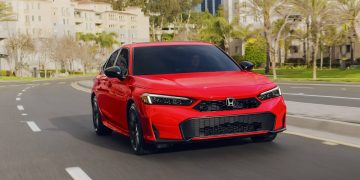
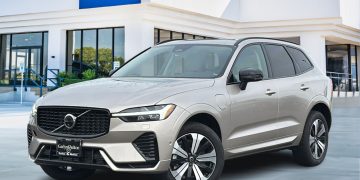


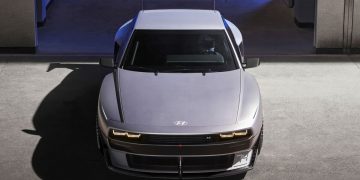

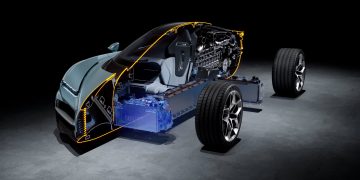





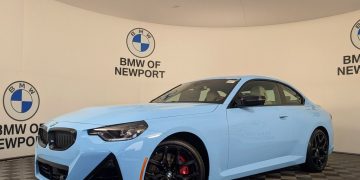

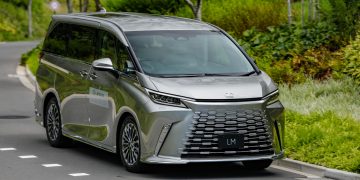




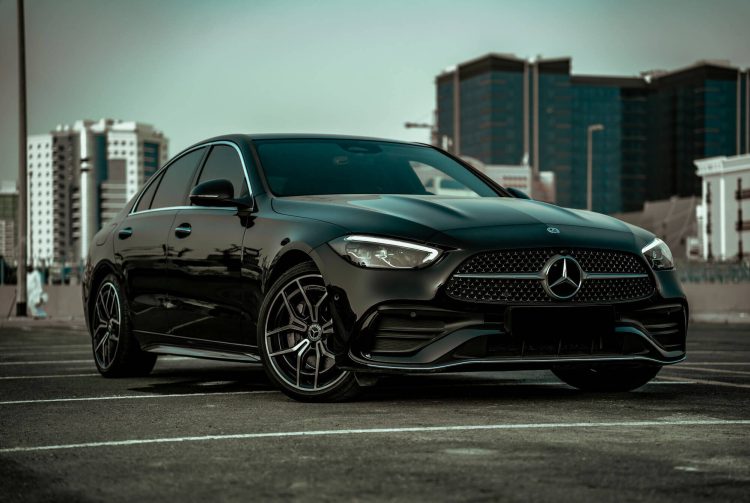












Discussion about this post